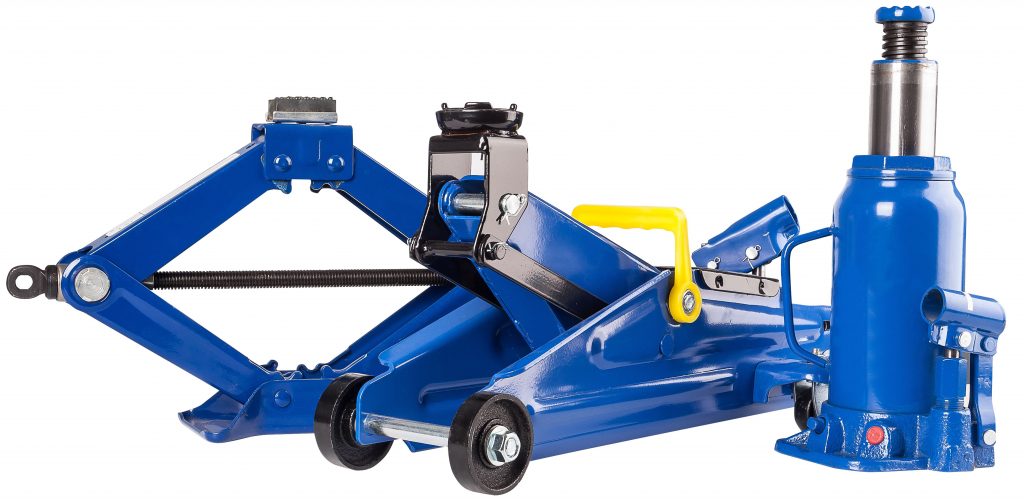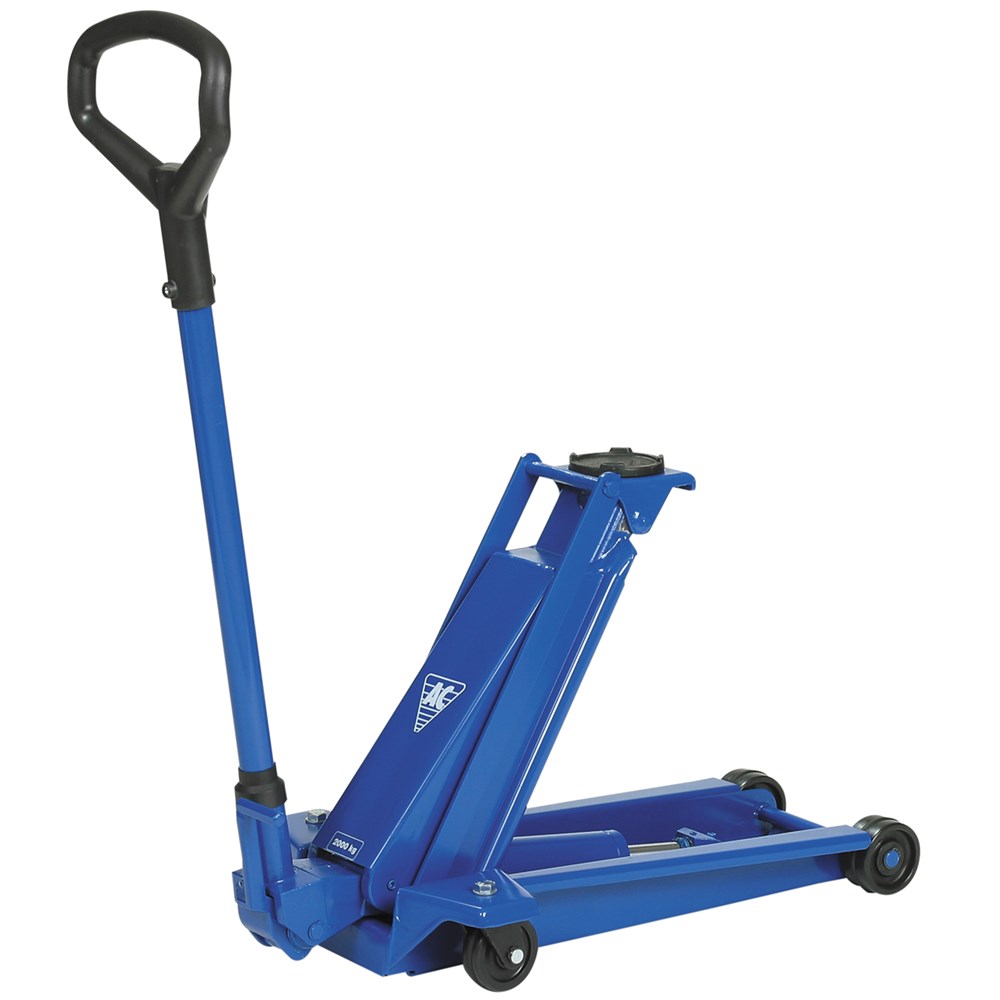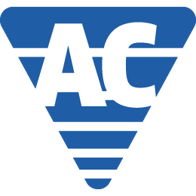I grew up very poor in a poor family. As a child and well into my twenties, I had to watch othere's who had better tools and cars that I had to drive.
That turned into a blessing, because I developed a knack of making simple and inexpensive do the same function as expensive. That developed into engineering skills in cost cutting but still functional designs to achieve the same outcome with less. In the aerospace industry, from which I retired, it had great value to manufacturers.
Although, I can now afford and own the Quick Jack Car Lift system and a set of the original Bogert Safe Jacks Rennstands, I still find it satisfying to develop inexpensive methods that can help others with leas resources.
This inexpensive method must only be used for rotating tires from front to back and vice versa one side at a time.
CARE MUST BE TAKEN TO NEVER GET UNDER THE CAR WHEN IT IS RAISED OFF THE GROUND.
Using my machine shop facilities, I made these custom adapters for the expensive two ton trolley jacks sold at Walmart for $33.




The center swivel is removed from the jack and replaced with my custom adapter that perfectly fits into the Tesla jacking socket. The socket has been measured at six inches above the pavement. The adapter mounted on the jack is about 5-1/5 inches high. It allows the jack to be easily rolled under my 2023 Model 3 without clearance issues.

The jack lifts the corner of the car at the socket about 13-1/2 inches above the ground as shown in this photo. The rear tire, as shown is raised about four inches; the front tire is up 1-1/2 to 2 inches due to the stiffness of the car's chassis.


That turned into a blessing, because I developed a knack of making simple and inexpensive do the same function as expensive. That developed into engineering skills in cost cutting but still functional designs to achieve the same outcome with less. In the aerospace industry, from which I retired, it had great value to manufacturers.
Although, I can now afford and own the Quick Jack Car Lift system and a set of the original Bogert Safe Jacks Rennstands, I still find it satisfying to develop inexpensive methods that can help others with leas resources.
This inexpensive method must only be used for rotating tires from front to back and vice versa one side at a time.
CARE MUST BE TAKEN TO NEVER GET UNDER THE CAR WHEN IT IS RAISED OFF THE GROUND.
Using my machine shop facilities, I made these custom adapters for the expensive two ton trolley jacks sold at Walmart for $33.
The center swivel is removed from the jack and replaced with my custom adapter that perfectly fits into the Tesla jacking socket. The socket has been measured at six inches above the pavement. The adapter mounted on the jack is about 5-1/5 inches high. It allows the jack to be easily rolled under my 2023 Model 3 without clearance issues.
The jack lifts the corner of the car at the socket about 13-1/2 inches above the ground as shown in this photo. The rear tire, as shown is raised about four inches; the front tire is up 1-1/2 to 2 inches due to the stiffness of the car's chassis.





